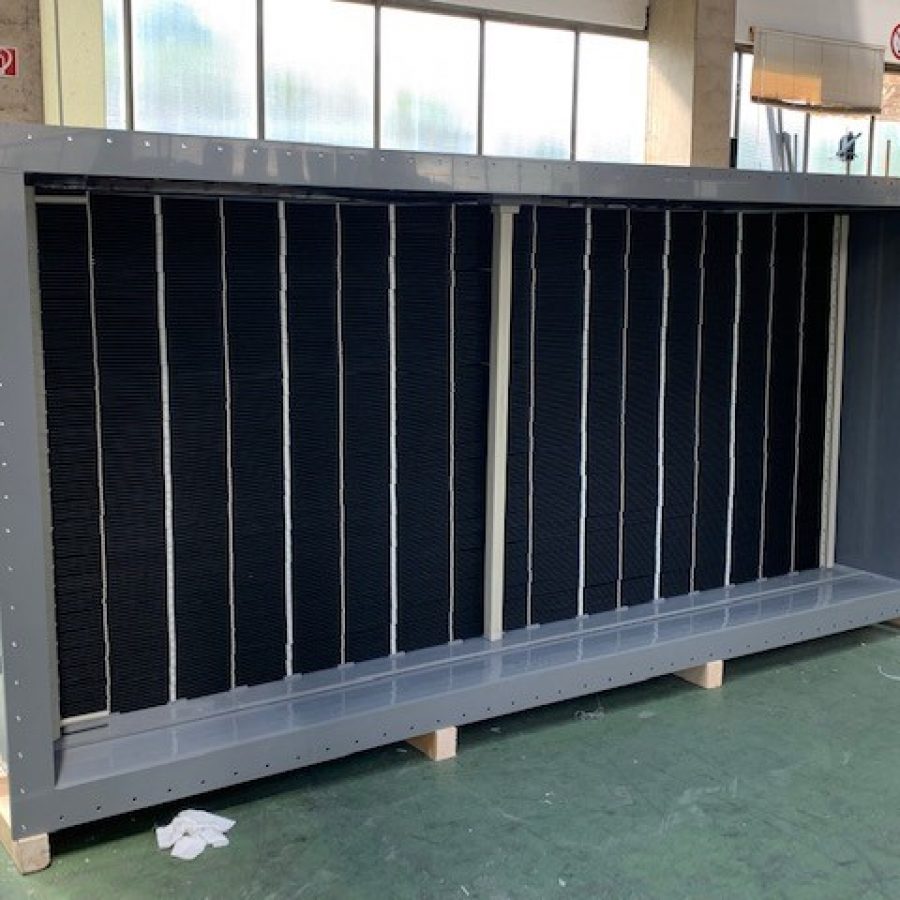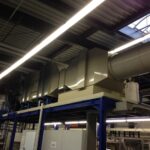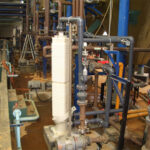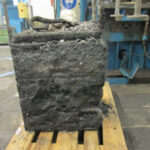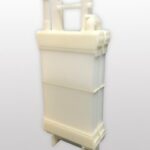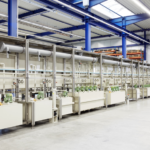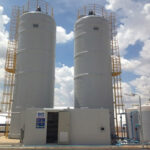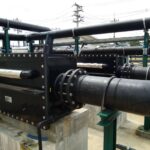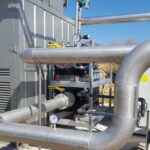Case study no. 5:
Exhaust air purification in food processing
Initial situation
Modern waste management methods also play a major role in food processing. The biological residues are treated in thermal/biological processes. The resulting moist exhaust air must also be cleaned and dehumidified to prevent pollutants and vapors from escaping into the environment.
A large volume flow of exhaust air is discharged from the so-called bio-regenerators at approx. 40°C and high humidity and must be cooled and dehumidified. The sensible and latent heat released in the process can be reused in other systems, further reducing the environmental impact.
Task
Our customer Ventilex B.V. is supplying an exhaust air purification system for a sausage factory in Russia. As the pollutants contained in the exhaust air are corrosive, no metallic heat exchangers can be used for cooling the exhaust air, as these would lead to a defect due to corrosion after a short period of operation. A standstill in the exhaust air treatment also leads to expensive production losses and therefore a completely corrosion-resistant heat exchanger must be used on the exhaust air side.
Solution
The Calorplast gas-liquid heat exchanger made of polypropylene (PP) has already been tried and tested in several similar systems for many years. The heat exchanger is specially designed and manufactured for the task in terms of size and performance and can be easily mounted on the bio-regenerator.
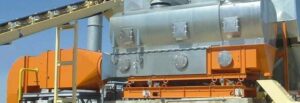
Result
The entire system is designed for an exhaust air volume flow of 100,000 m3/h and, at the optimum operating point, feeds an output of 1.8 MW back into the preheating of the fresh air. Taking into account the average annual temperature, the CO2 savings amount to approx. 1,800 tons per year.ventilation systems
